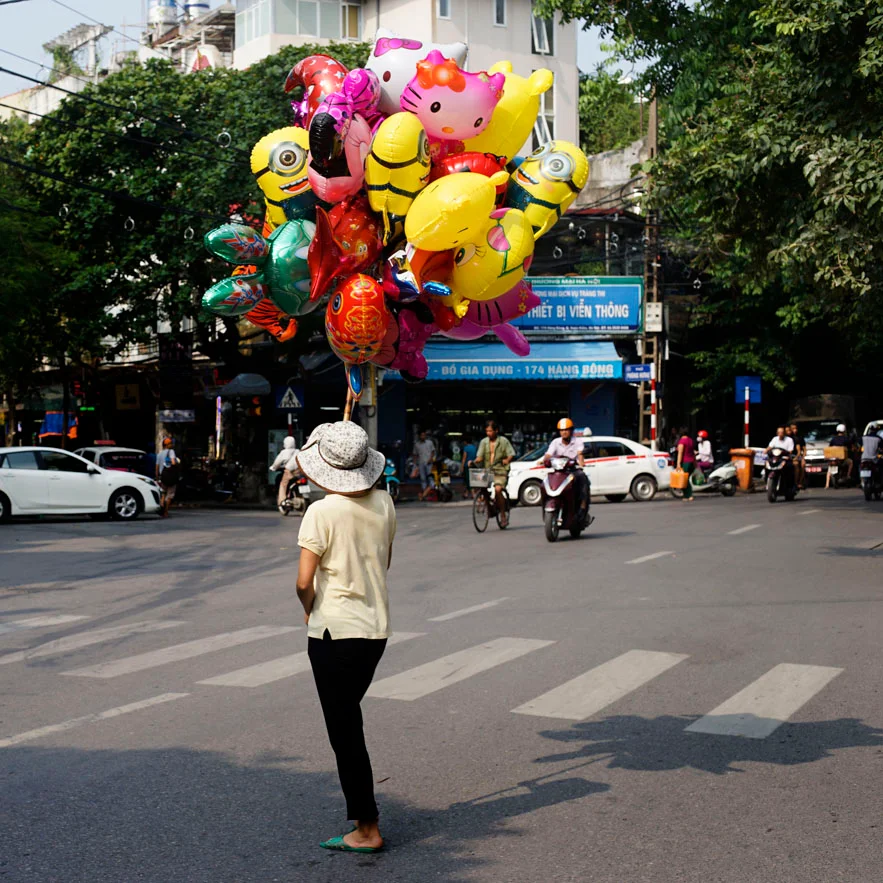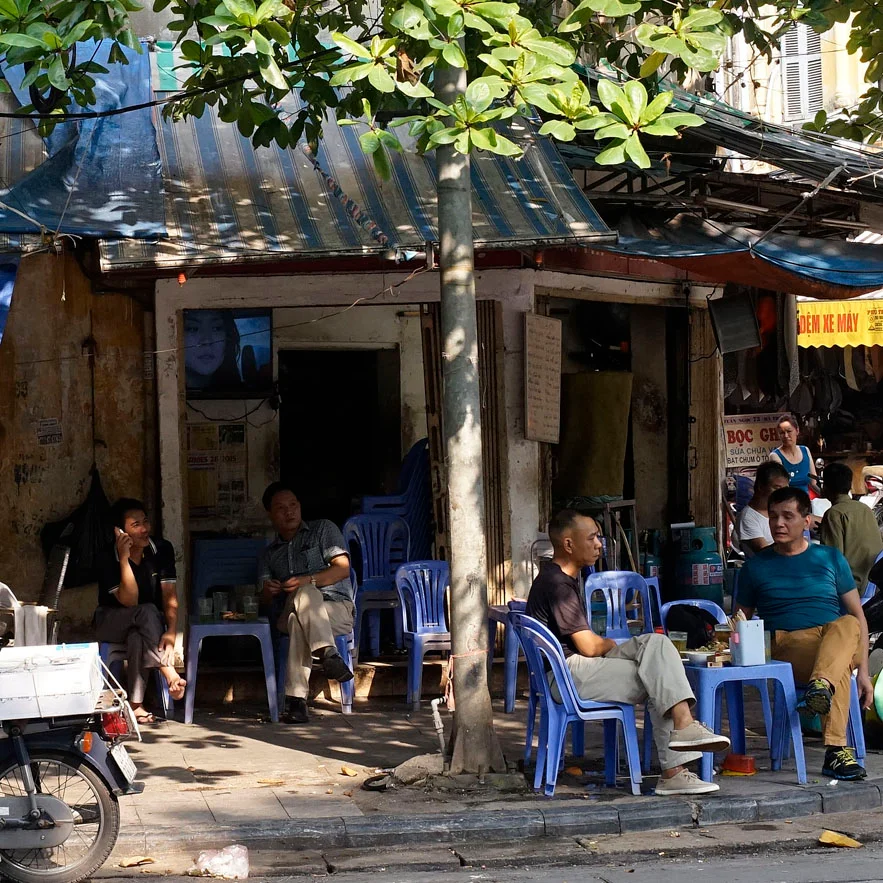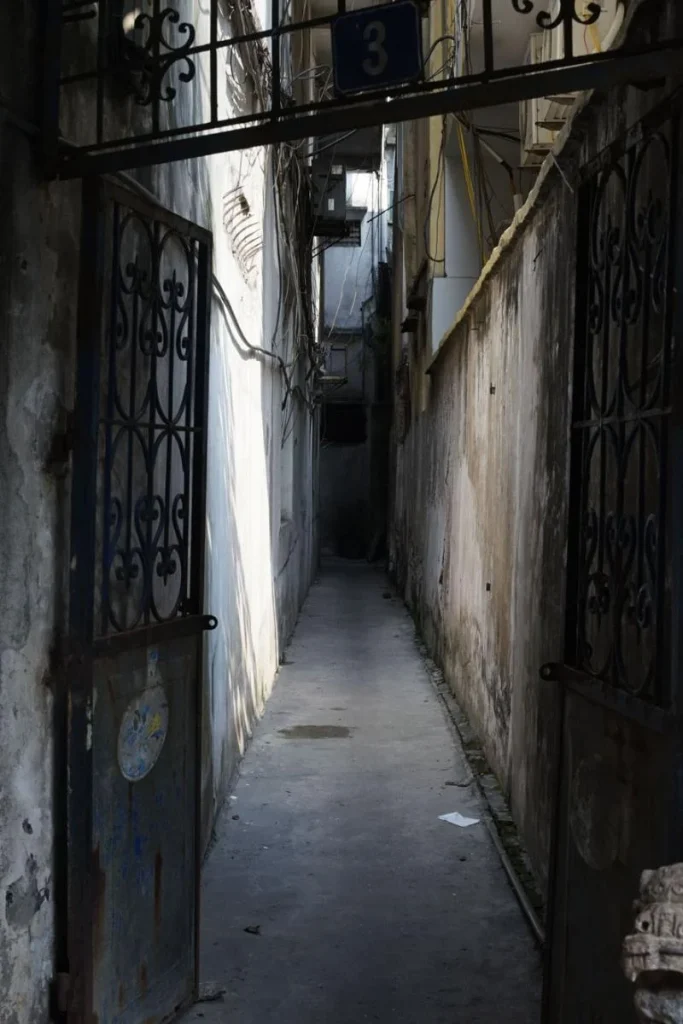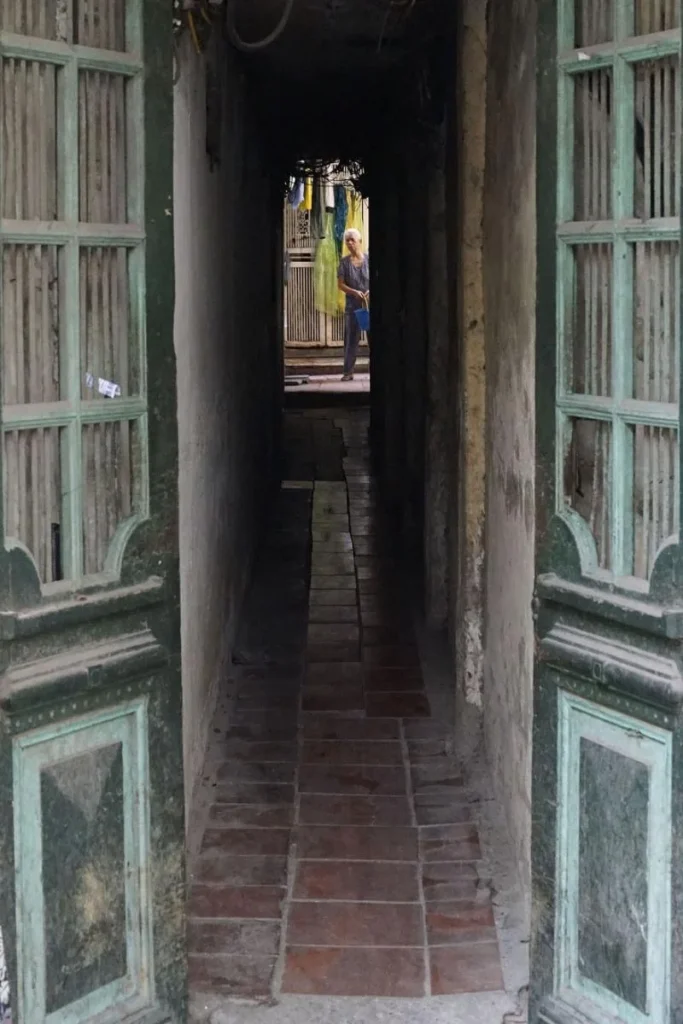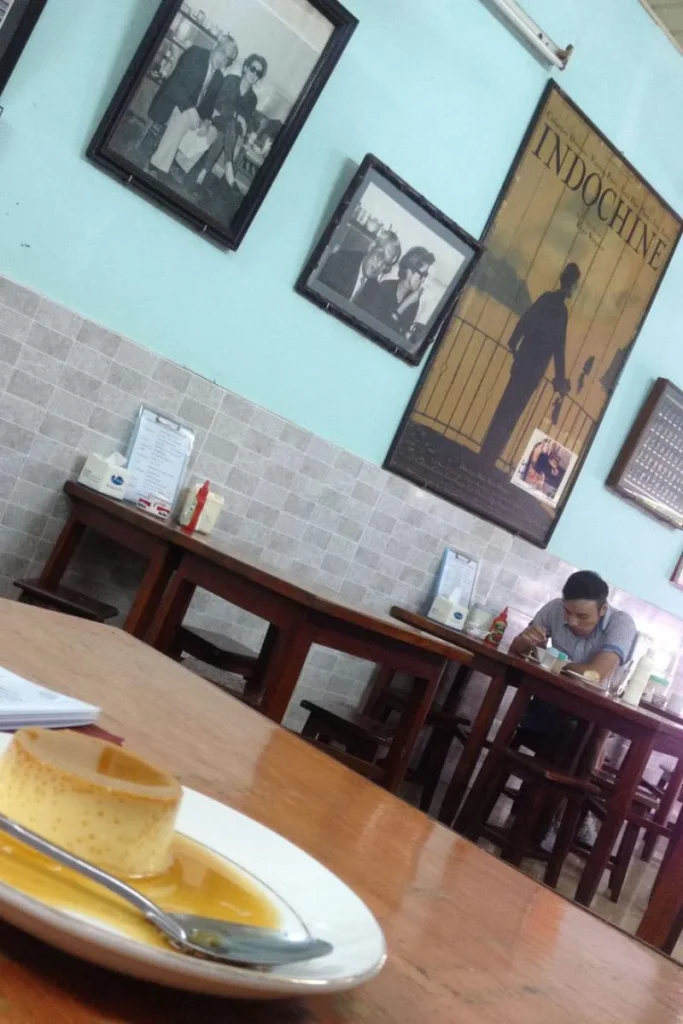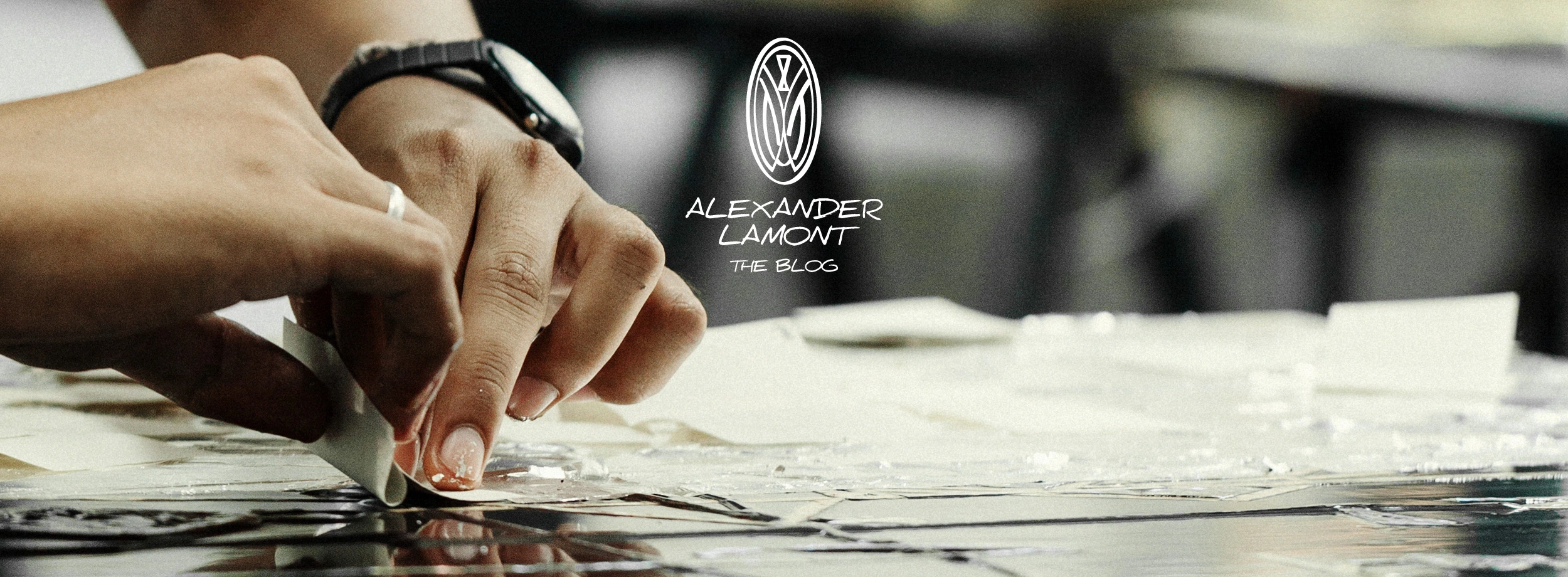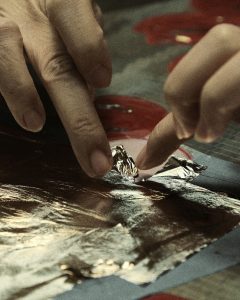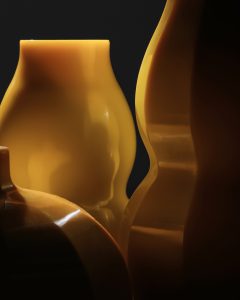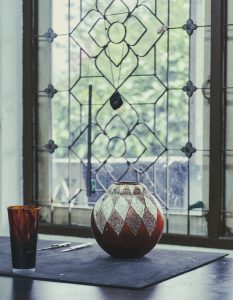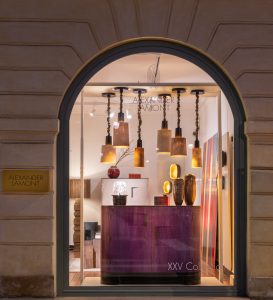I spent last week in Vietnam meeting with lacquer artists and friends. I first visited Vietnam in 1995. That was after many years of travelling to Thailand – a regional neighbour. I will avoid the clichés of war-torn countries loaded with romantic colonial imagery, but on that first trip I did re-read Graham Greene’s ‘The Quiet American’ and I did order a Cassis Vermouth in the bar of the Continental Hotel. This time I was reading ‘The Discovery of France’ by Graham Robb and had some very good coffee – including an incredible egg coffee in Hanoi.

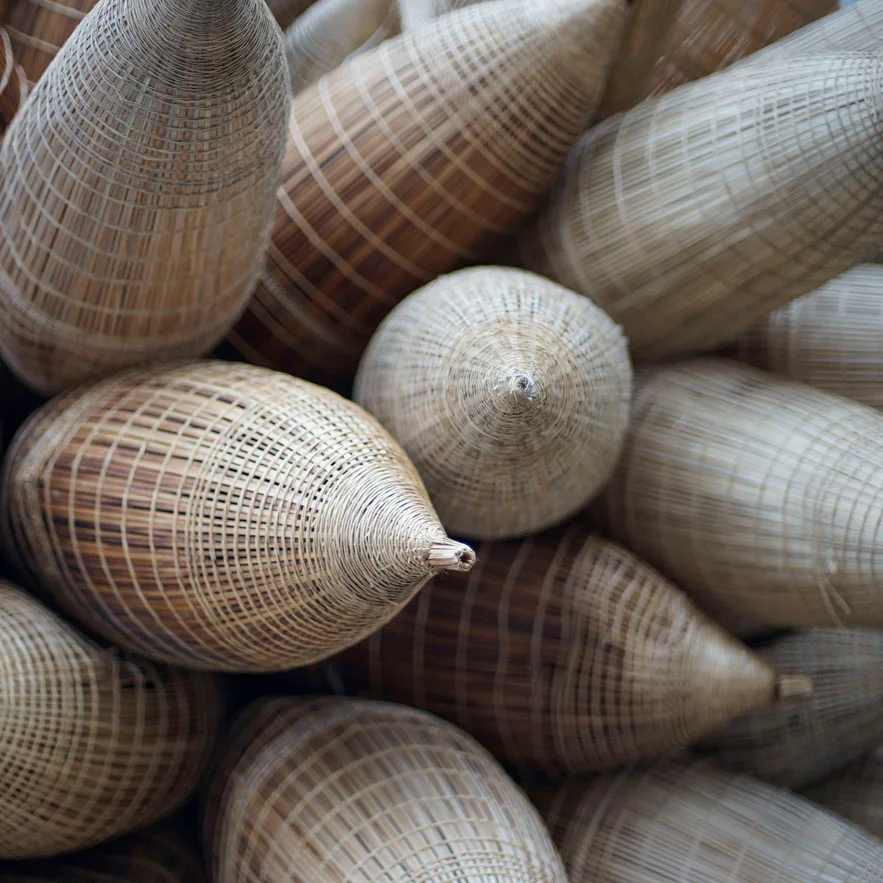
I had been to Saigon (Ho Chi Minh City) recently but hadn’t been back to Hanoi since 1997. Both cities have changed dramatically over these years and again, it is difficult to avoid clichés of Asian tiger economies and ballooning youthful populations. I will stick briefly to the experiences I had walking and looking at things.
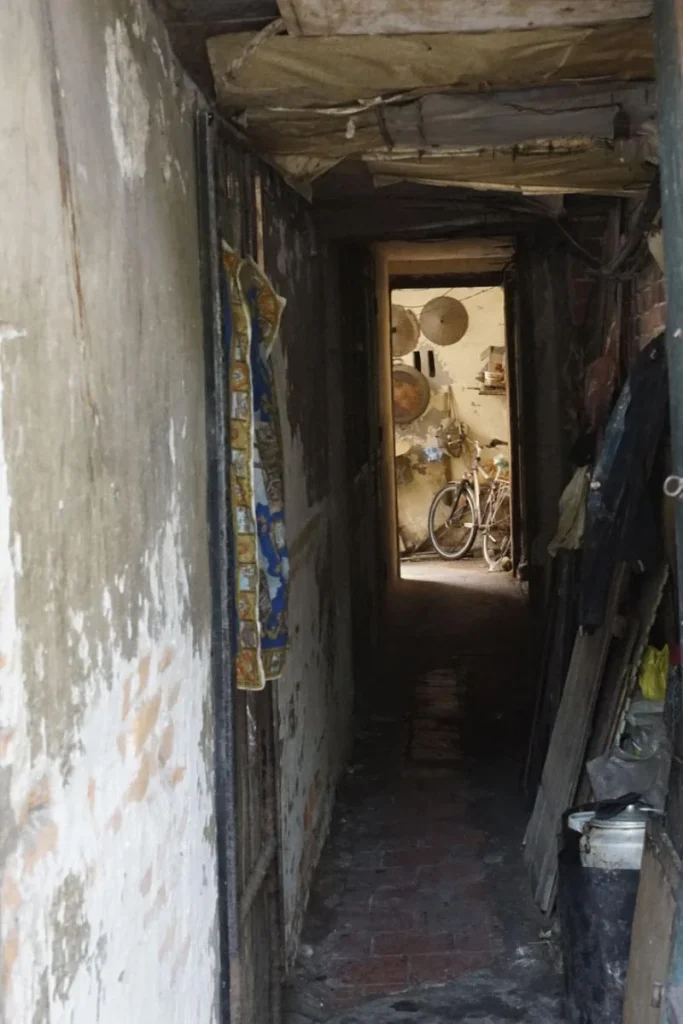
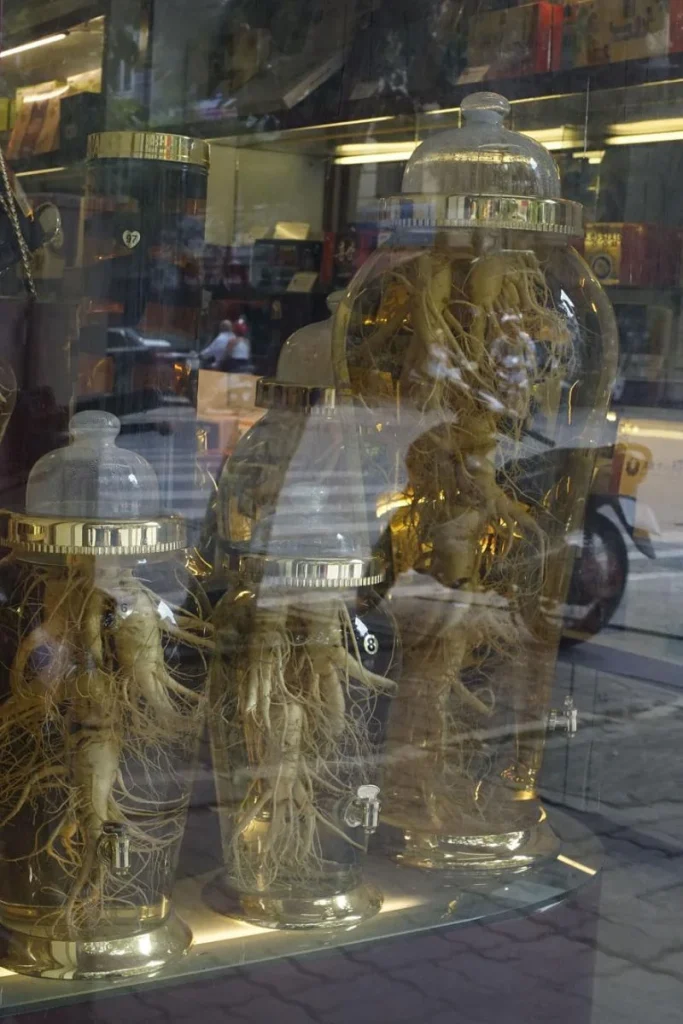
In Saigon I drove to the Chu Chi tunnels area on the Mekong Delta and met with lacquer makers. The lacquer in Vietnam is nearly all made from synthetic lacquers due to customer’s demands for colour-matching. Often the synthetics are applied over natural lacquer because this is the traditional base layer. To cover a natural lacquer with synthetic lacquer seems a horrible thing to do. Natural lacquer has greater durability and will grow more beautiful with age. Plastic is not a nice material to live with or work with or look at or touch. I will work with these makers and bring back their refined work of natural lacquer in combination with good design. Coming soon.
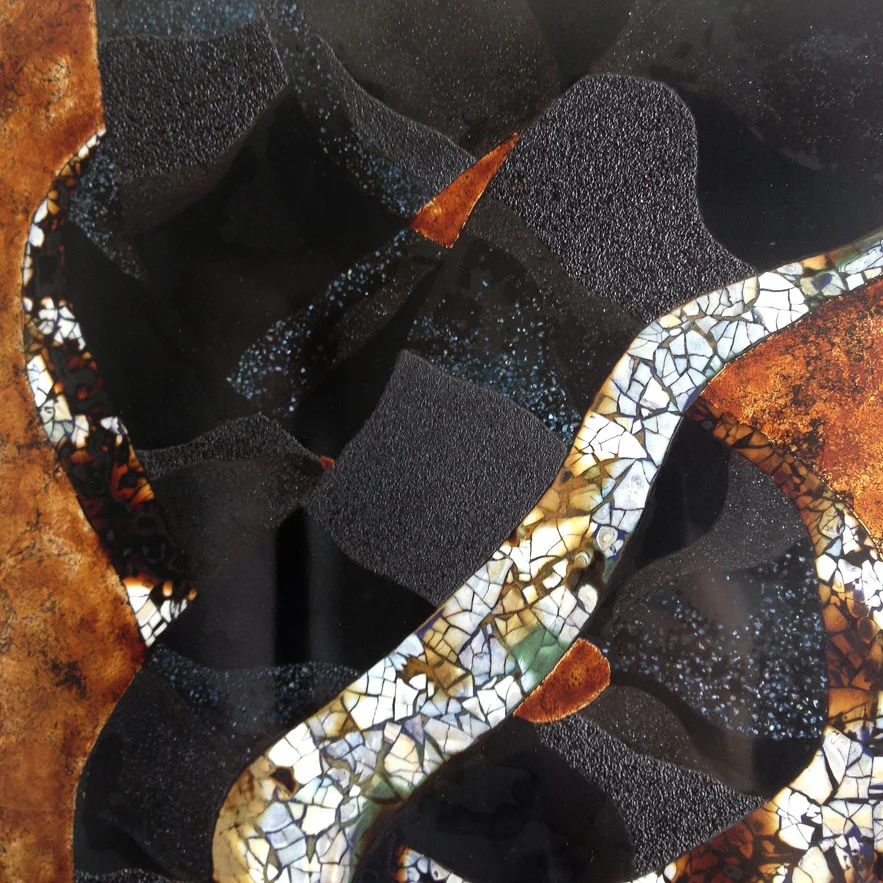
Saigon today feels much safer and affluent than 20 years ago. In 1995 the streets were full of cyclo rickshaws and in the evenings pimps would cycle alongside with their ‘wares’ seated in the back. The buildings were dilapidated and bore all the scars of deliberate neglect enforced on the south after the Vietnam War. Today the buildings have been restored and filled with international brands but there is a vibrant street life that makes walking the city a mixed and visual feast of people and movement. There are also many hotels today compared with the thin broken options I had before.
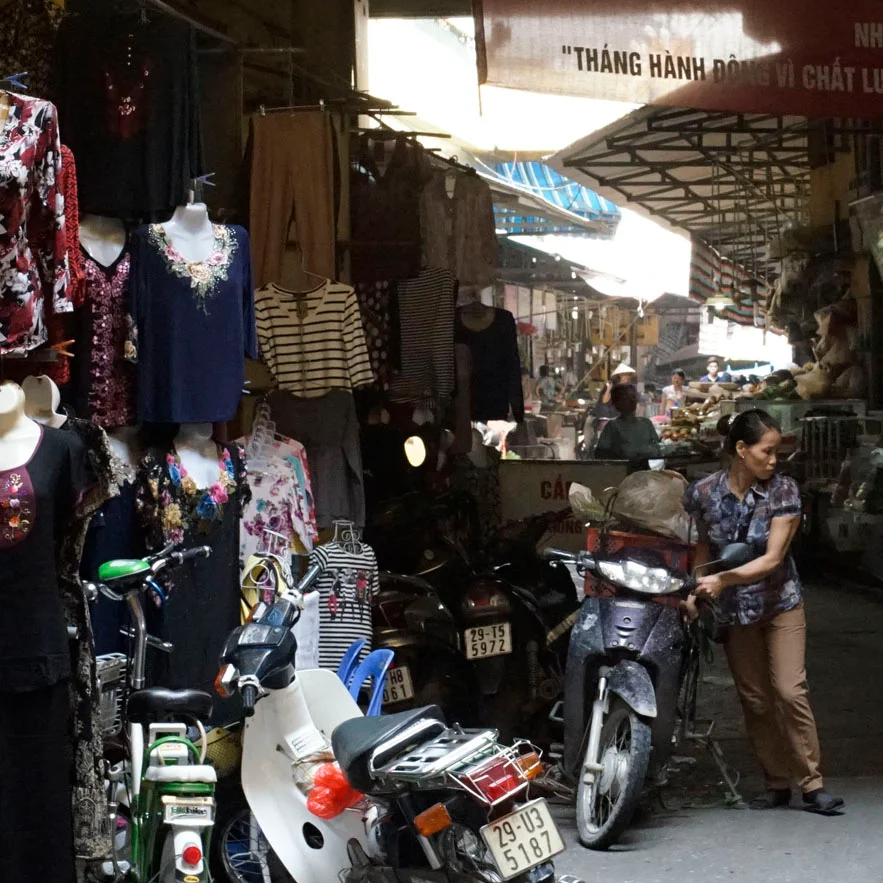
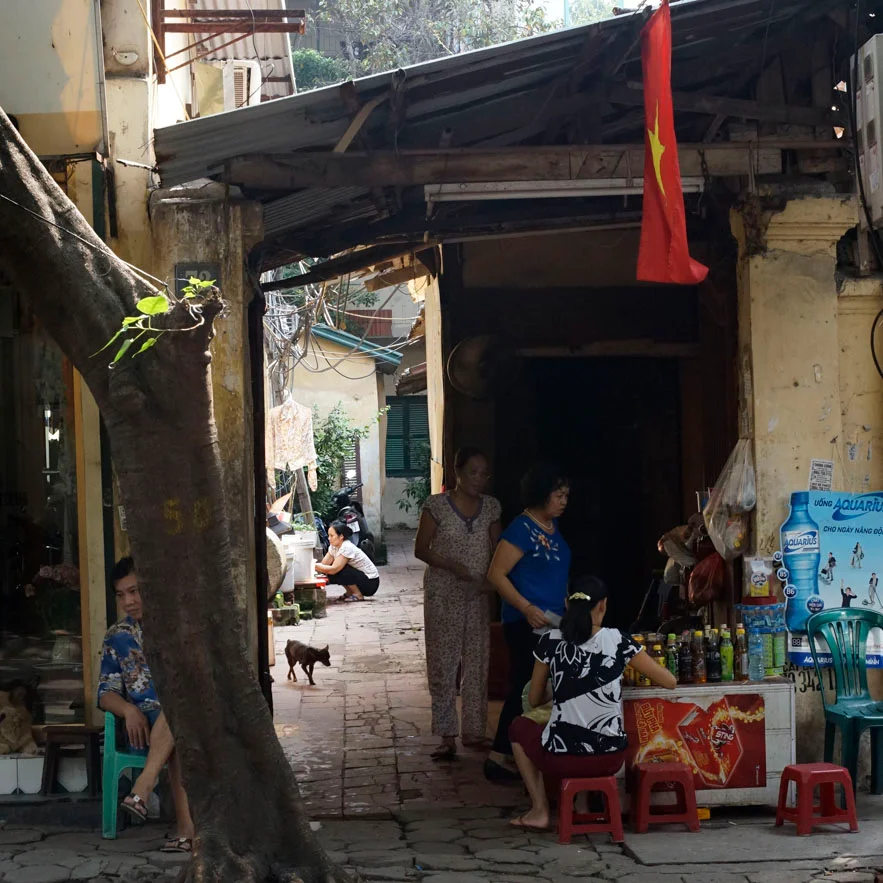
In Hanoi I walked all day looking for the places I had visited in 1995. I spent many days in Hanoi on that first trip feeling disorientated and lost inside and outside. It was a strange time and I wrote long letters to my girlfriend and family describing what I saw. Seeing a place in that raw state sharpens the senses and I had very vivid memories of the long walks I took. The shanty areas I had walked through have been replaced with strong buildings and clean streets. Thankfully trees still lined many streets creating shade for coffee shops with their low seats. Hanoi had not lost its charm; it had been eating well since those meager days and the city was packed with tourists, restaurants, shops (sadly very little of any quality to buy), and new residential areas around the West Lake. I visited a coffee dealer and bought bags of coffee from Vietnam, Panama, Ethiopia and the Malabar Coast in India. After the coffee hour I took a drawing class with an English artist (Bridget March) who had just opened an exhibition of her drawings of Sapa in the bulding next door. Then back into old Hanoi for lunch with an old friend from England who has lived there since 1997. We ate roast pigeon, tiny clams as small as lentils (Steve said they were hand-picked from the shells so our lunch probably took someone two hours just to pick the clams from the shells!), eel wrapped in vine leaves, caramel pork and a flower salad.
I will be going back soon with my lacquer ideas and feel invigorated by time in a close-by but very different slice of Southeast Asia.
